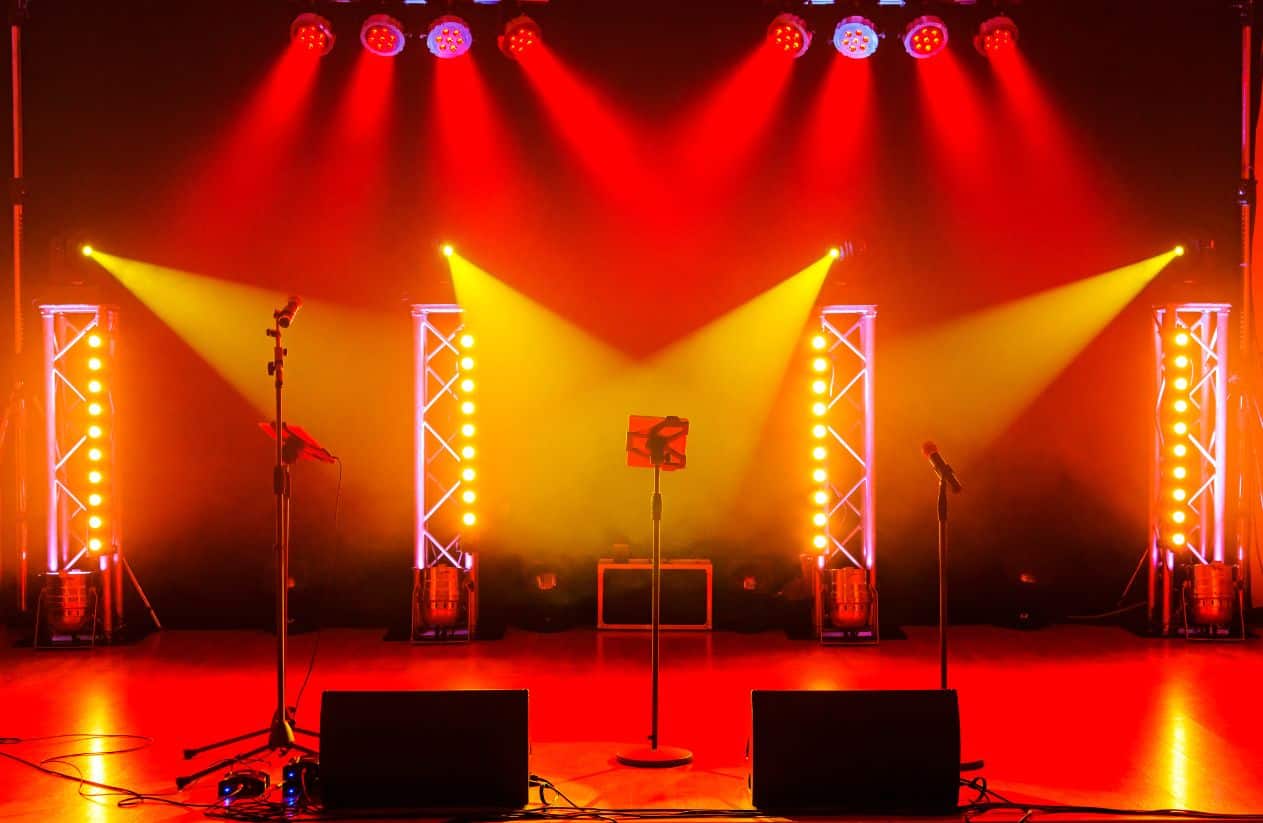Having trouble with stage setup in an event? Dont worry we will provide you with essential tips!
Table of Contents
Stage Setup Tips: Understand Your Audience (The Foundation of a Great Stage Setup)

Understanding the demographics, interests, and expectations of your event attendees is crucial in creating a stage setup that resonates and engages.
Before delving into the aesthetics or technology, invest time in research. Surveys, social media analysis, and past event data can provide insightful information about your audience’s preferences.
Identify Audience Demographics
Begin by outlining the basic demographic profile of your attendees, such as age range, professional background, and geographic location.
These elements influence not only the content but also the style and technological approaches of your stage design.
For instance, a younger audience might appreciate a more dynamic and tech-savvy stage setup, while a corporate audience might prioritize clarity and professionalism.
Tap Into Audience Interests
Beyond demographics, understanding what truly engages your audience is key. Explore their hobbies, industry trends, and what types of events they’ve enjoyed in the past.
This insight allows you to tailor not just the visual aspects of your stage but also the interactive elements.
Incorporating aspects that reflect their interests can significantly heighten the event experience.
Setting Expectations
Lastly, gauge the expectations your audience has for this event. Are they looking for education, entertainment, networking opportunities, or a blend? Knowing this helps you decide on the appropriate tone and energy level for your stage.
For educational events, consider a layout that facilitates focus and interaction. A stage with dynamic lighting and visuals might be more appropriate for entertainment-focused gatherings.
In crafting a memorable event, the ability to align your stage setup with the preferences and expectations of your audience stands paramount.
By focusing initially on who your audience is, you lay a strong foundation for a successful and impactful event.
Stage Setup Tips: Mastering the Art of Sound (Equipment and Placement)
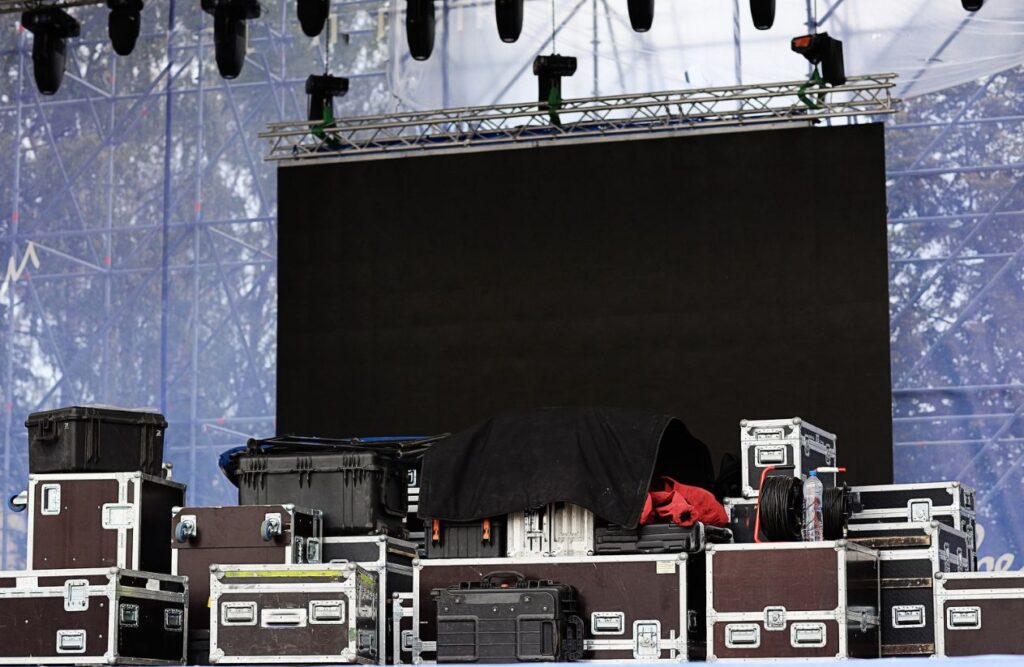
When orchestrating an event that’s meant to leave a lasting impression, the sound quality can either elevate the experience or undermine it entirely.
As a professional event planner, mastering the art of sound involves not just selecting top-notch equipment but also understanding the nuances of its placement and optimization for your unique stage setup.
Choosing the Right Audio Equipment
The first step toward impeccable sound is choosing the right audio equipment. Your selection should ideally be informed by the size of the venue, the expected audience count, and the nature of the performance.
For indoor venues, consider equipment that offers clarity without an overwhelming bass, unless your event specifically demands it.
Outdoor setups, on the other hand, require powerful speakers that can project sound clearly over larger distances.
Wireless microphones are a versatile choice for events with speakers or performers moving across the stage, reducing the risk of tripping hazards and offering greater freedom of movement.
Strategic Speaker Placement
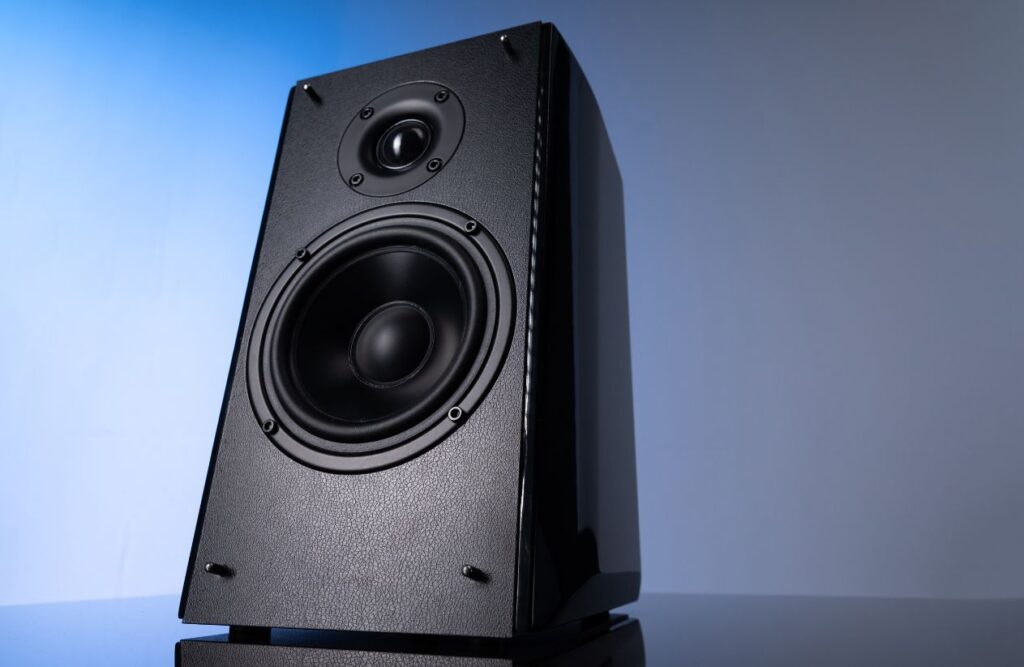
Once you’ve selected your equipment, strategic placement is the key to achieving balanced sound throughout the venue.
Avoid placing speakers too close to each other or pointing directly at reflective surfaces to prevent sound distortion and feedback issues.
It’s crucial to position main speakers to face the audience, ensuring that sound travels directly to where it’s intended.
Utilizing additional speakers strategically placed around the venue can help maintain a consistent volume level, preventing dead spots where the audio might become inaudible.
Remember, the goal is to create an immersive audio experience for every attendee, no matter their location in the venue.
Sound Checks and Adjustments
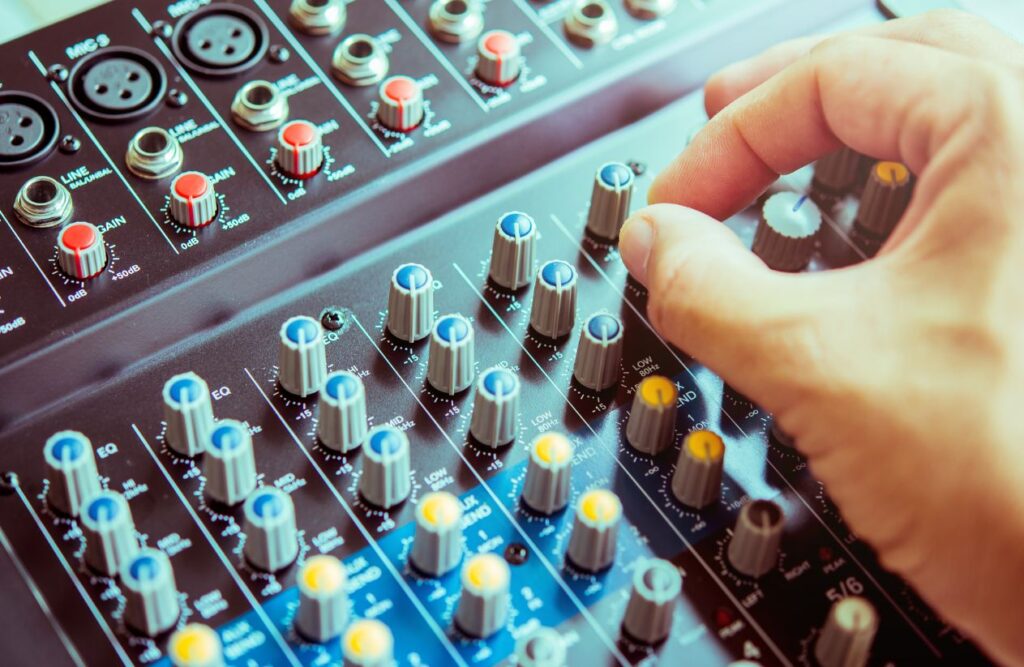
Finally, an often overlooked but critical aspect of mastering event sound is conducting thorough sound checks well before the event begins.
This involves testing every microphone, speaker, and instrument to identify and rectify any potential issues.
It’s also the perfect opportunity to adjust volume levels and fine-tune the equalization settings for your specific environment.
Encourage performers or speakers to participate in the sound check, allowing them to get comfortable with the audio setup and make any personal adjustments.
Throughout the event, remain vigilant and ready to make real-time adjustments as needed, because, despite all planning, the dynamics of live performances can be unpredictable.
By adhering to these guidelines on equipment selection, speaker placement, and sound optimization, you set the stage (quite literally) for an event that not only sounds professional but also captivates and engages your audience from start to finish.
Stage Setup Tips: Lighting Design (Setting the Mood and Highlighting Performers)
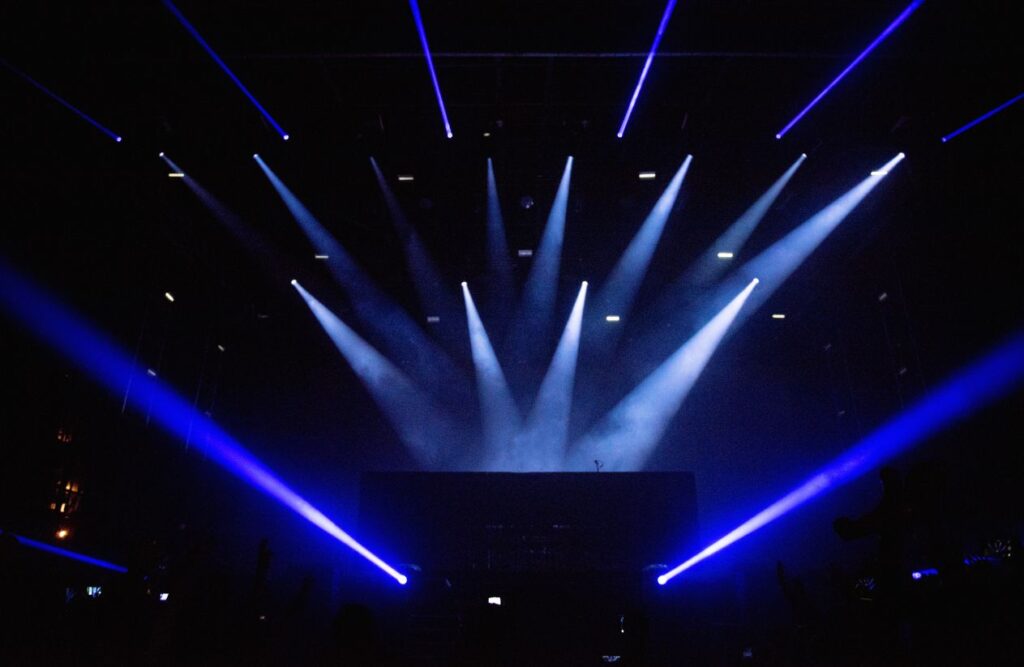
Lighting is a crucial element in the world of event planning and stage design. It has the power to transform a space, set the tone of an event, and focus attention exactly where it’s needed.
As a professional event planner, understanding the nuances of lighting design is key to creating memorable and impactful events.
Creating an Atmosphere with Lighting
The first step in effective lighting design is establishing the desired mood or atmosphere for your event.
This could range from a calm, intimate setting with soft, warm lights for a private concert, to vibrant, dynamic hues that change throughout the event, adding energy and excitement to a launch party.
The choice of colors, intensity, and even the direction of light play pivotal roles in evoking emotions and setting the scene before a single word has been spoken or a note played.
Spotlighting Key Moments and Performers

Highlighting performers and key moments during an event is essential. Strategic use of spotlighting not only ensures that attendees’ attention is directed appropriately but also adds a layer of professionalism to the presentation.
Spotlights can be used to introduce speakers, emphasize performers, or highlight important announcements.
Adjusting the beam size, color, and intensity allows for customization that can adapt to the specific needs of each segment of the event.
Incorporating Technology and Innovation
Advancements in lighting technology offer a plethora of options for creative and innovative lighting designs.
From LED fixtures that provide a wide range of colors and are energy-efficient, to intelligent lighting systems that can be programmed to move and change colors in sync with the event’s theme or music, the possibilities are endless.
Utilizing these technologies not only enhances the visual appeal of an event but can also contribute to creating a unique and unforgettable experience for attendees.
In conclusion, a well-thought-out lighting design is indispensable for setting the mood and ensuring that performers and key moments stand out at any event.
By considering atmosphere creation, spotlighting techniques, and embracing technological innovations, professional event planners can elevate their events to new heights.
Engaging Visuals: Using Technology to Enhance Experience
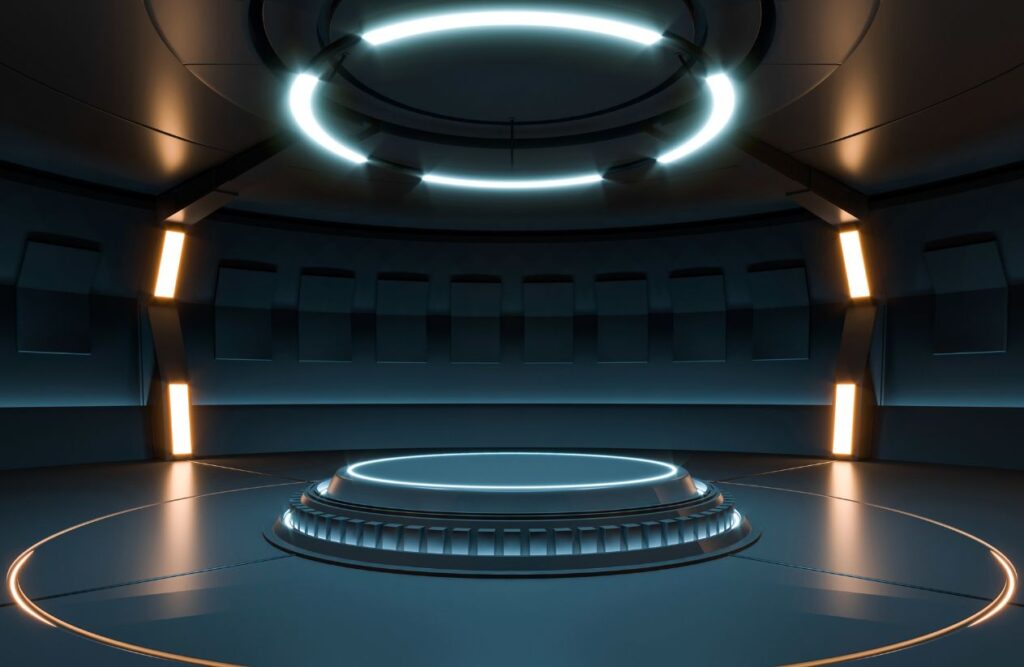
In today’s digital age, integrating technology into event staging is not just an option; it’s a necessity for creating an unforgettable experience.
By leveraging the latest advancements in visual technology, professional event planners can captivate audiences like never before.
This section delves into how incorporating tech-driven visuals can elevate the overall event atmosphere and engagement.
Innovative Display Solutions
The heart of engaging visuals lies within innovative display technologies. High-resolution LED walls and interactive screens can transform any space into a dynamic environment.
These technologies allow for the seamless integration of vibrant graphics, live feeds, and custom animations tailored to the event’s theme.
By cleverly utilizing these visual tools, planners can create immersive backdrops that not only enhance the visual appeal but also significantly contribute to the storytelling aspect of the event.
Augmented and Virtual Reality Experiences
Augmented Reality (AR) and Virtual Reality (VR) are taking event experiences to new heights. AR adds a digital layer to the real world, enabling interactive experiences that can amaze attendees.
From virtual product demonstrations to augmented venue tours, the possibilities are endless.
On the other hand, VR creates a fully immersive environment, perfect for transporting guests to entirely new worlds.
Whether it’s for educational purposes, entertainment, or interactive presentations, AR and VR can provide unique experiences that are bound to leave a lasting impression.
Lighting and Projection Mapping
Creative lighting and projection mapping are powerful tools for transforming event spaces and creating ambiances that resonate with the audience.
Through the strategic use of lighting, event planners can highlight key areas, set the mood, and even alter the perceived size of a space.
Projection mapping goes a step further by turning objects, often irregularly shaped, into display surfaces for video projection.
This technique can bring inanimate objects to life with motion and color, adding a wow factor that can make any event memorable.
By integrating these cutting-edge visual technologies, professional event planners can dramatically enhance the attendee experience, ensuring that every event is not only remembered but talked about long after it concludes.
The Final Check: Pre-Event Run-Through Essentials
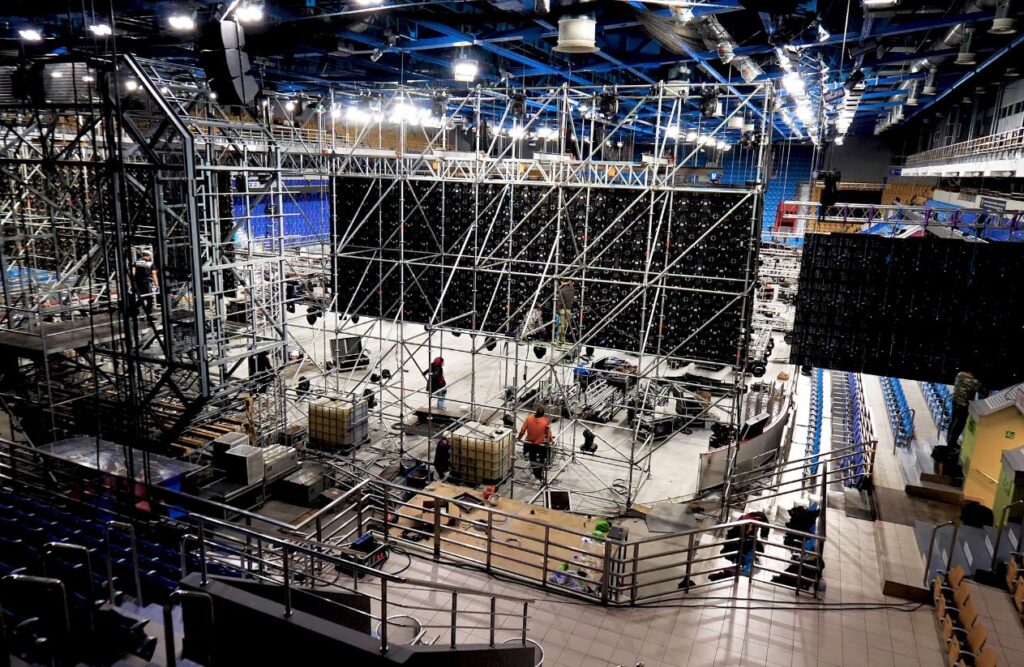
Before the day dawns on your meticulously planned event, a final check or pre-event run-through is paramount to ensure everything unfolds without a hitch.
This critical phase enables you to spot and iron out any potential snags that could mar the smooth sailing of your event.
Here’s how a professional event planner would recommend you conduct this all-important final review.
Technical Equipment and Setup Verification
Begin with a thorough walkthrough of the technical equipment. This encompasses confirming that all audiovisual components are not only in place but also fully operational.
Test microphones, speakers, lighting systems, and video equipment for functionality.
Ensure there’s a seamless transition capability between different types of media presentations, and if you’re planning on a live feed, do a test run to avoid any connection issues during the event.
Additionally, double-check the placement of equipment to make sure it aligns with the overall stage setup and does not obstruct any sightlines for the attendees.
Rehearse the Event Timeline
Another crucial aspect involves rehearsing the event timeline. Gather your team and walk through the entire program, from the opening remarks to the closing ceremony.
This rehearsal should mimic the actual event as closely as possible, allowing each participant, be they speakers, performers, or technicians, to understand their cues and timing.
Pay special attention to transitions between different segments of the event to ensure they occur smoothly.
This practice not only helps in solidifying the flow of the event but also aids in identifying areas that may require last-minute adjustments.
Safety Checks and Compliance
Safety should never be an afterthought. Conduct a comprehensive review of all safety protocols to ensure the welfare of your attendees.
This includes verifying that all emergency exits are clearly marked and unobstructed, all safety equipment like fire extinguishers are in accessible locations, and that your event complies with any relevant health codes and regulations, including maximum capacity limits.
Additionally, it’s wise to have a brief session with your team about emergency response procedures, ensuring everyone knows how to act swiftly and efficiently should an unexpected situation arise.
By diligently addressing these key areas during your final pre-event check, you can significantly minimize the risk of unforeseen problems and ensure your event runs smoothly.
Remember, the devil is in the details, and it’s these finer points that often make the biggest difference in delivering a memorable and impactful experience for your attendees.

